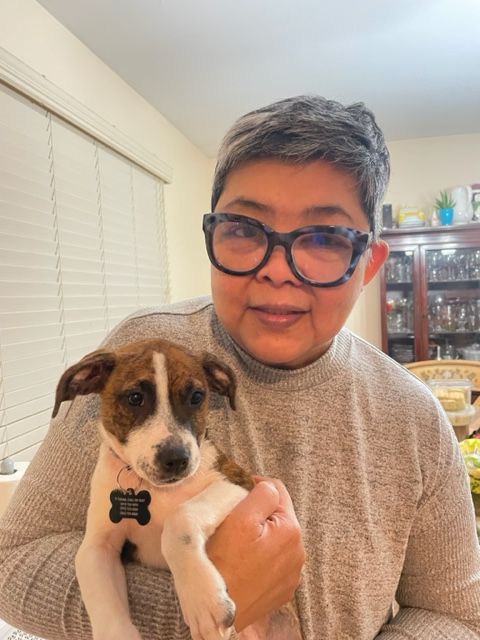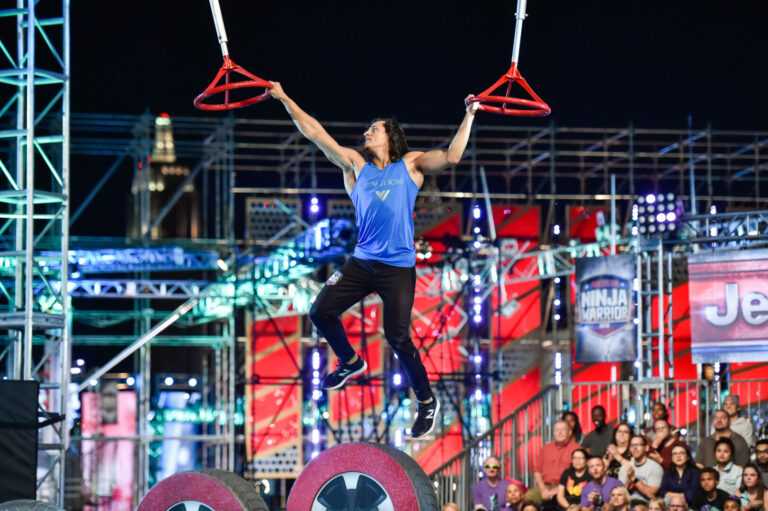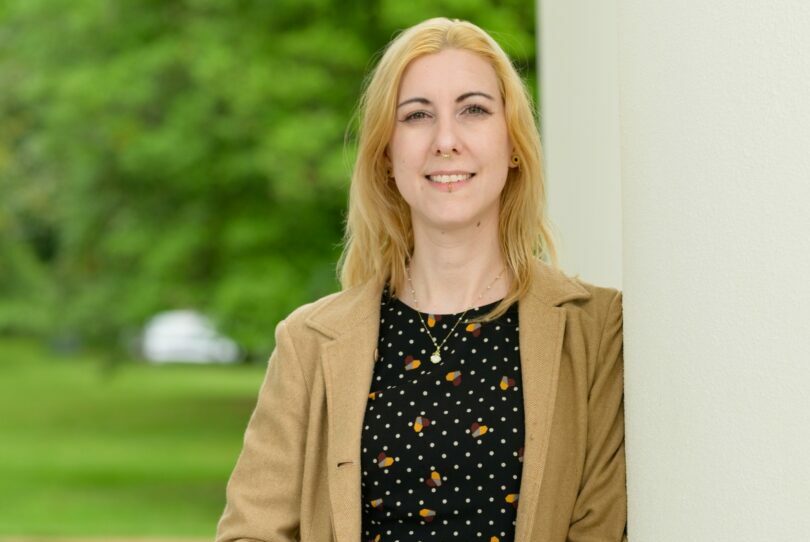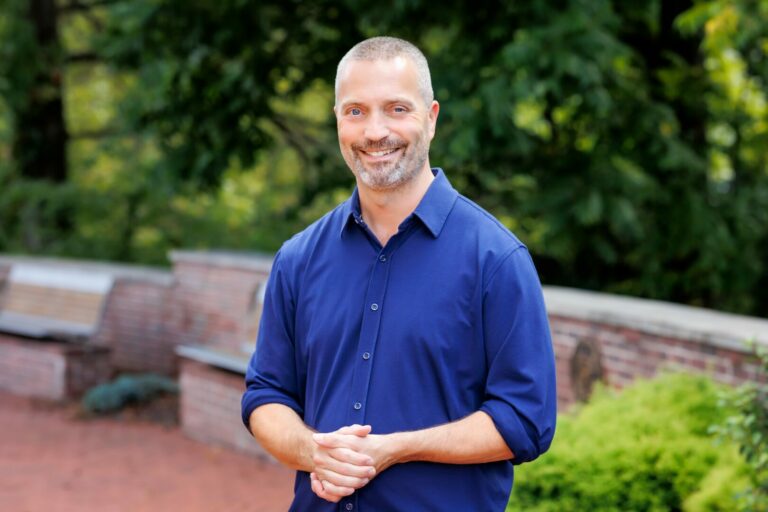We’re looking forward to introducing you to Vanessa Eloriaga Matibag. Check out our conversation below.
Hi Vanessa, thank you for taking the time to reflect back on your journey with us. I think our readers are in for a real treat. There is so much we can all learn from each other and so thank you again for opening up with us. Let’s get into it: What is something outside of work that is bringing you joy lately?
Ballroom dancing has been my biggest source of joy. There’s something magical about stepping onto the dance floor, hearing the music, and letting everything else fade into the background. It’s not just about learning the steps—it’s about connection, rhythm, and presence.
Competing in amateur ballroom competitions adds another layer of excitement. The preparation, the energy in the room, and the thrill of performing under the lights push me to be sharper, more expressive, and fully in the moment. It keeps me active, sharp, and smiling, while giving me a beautiful outlet for self-expression. And when you find that perfect harmony with a partner—whether in practice or in front of an audience—it’s pure flow. That combination of movement, music, connection, and competition is my reset button, my joy, and my reminder that life is meant to be both intentional and fun.
Can you briefly introduce yourself and share what makes you or your brand unique?
I’m Vanessa Matibag, founder of Outside Lead HR Solutions, LLC, a boutique HR consulting practice that partners with nonprofits, start-ups, and mission-driven organizations to build people-centered, equitable, and compliant workplaces. I step in as a fractional or interim HR leader, helping organizations streamline their HR operations, design policies and programs that align with their culture, and navigate the often delicate intersection of people, mission, and business needs.
What makes my work unique is the blend of strategic vision and hands-on support I provide. I’ve led everything from recruitment and onboarding to benefits strategy, performance management, and organizational change—always with an approach that centers listening, learning, and respect for each individual’s needs. My goal is to create workplaces where employees feel valued, supported, and set up to thrive.
Currently, I support a range of clients—from nonprofits refining their employee handbooks to organizations evaluating benefits options and performance frameworks. Each project is an opportunity to build systems that not only work on paper, but work for people.
Appreciate your sharing that. Let’s talk about your life, growing up and some of topics and learnings around that. Who taught you the most about work?
The people who taught me the most about work were my parents, each in their own way. My mother, an educator, brought discipline, structure, and a deep belief in preparation and doing things well. She modeled the importance of responsibility and follow-through, shaping my work ethic from an early age.
My father balanced that discipline with his love of reading and his outlook on enjoying life. He taught me that curiosity keeps you learning, and that work is important—but so is making space for joy, connection, and the things that feed your spirit.
Together, they showed me that a meaningful life is built on both commitment and curiosity, responsibility and joy. Those lessons continue to guide not only how I work, but how I live.
Was there ever a time you almost gave up?
Yes—there was a time I almost gave up. Losing my job was one of the hardest moments in my career. It shook my confidence and made me question whether I had the energy to start over. For a while, I felt like the ground had disappeared beneath me, and I wondered if all the years I had invested in my work had led to a dead end.
But as painful as it was, that challenge became a turning point. It forced me to pause, reflect, and ask myself what I really wanted—not just in a job, but in my life. I discovered that I am far more resilient than I had ever given myself credit for. I learned that I thrive in building things from the ground up, that I value flexibility and autonomy, and that I am at my best when I can work with purpose-driven organizations whose missions I believe in.
That’s how Outside Lead HR Solutions, LLC was born. I stepped into the role of HR consultant and entrepreneur, creating a business that allows me to blend my expertise with my values. Today, I partner with incredible nonprofits and mission-driven organizations, helping them design equitable, people-centered HR systems that work in real life—not just on paper.
Looking back, I realize I didn’t just survive that chapter—I rebuilt my career in a way that aligns with who I am. Losing my job didn’t end my story; it became the catalyst for the most fulfilling work I’ve ever done.
I think our readers would appreciate hearing more about your values and what you think matters in life and career, etc. So our next question is along those lines. How do you differentiate between fads and real foundational shifts?
For me, the difference between a fad and a real foundational shift comes down to staying grounded in purpose, data, and lived experience. In HR, there’s always a “next big thing” being talked about—new tools, trendy engagement programs, quick-fix culture initiatives. I’ve learned to pause and ask: Does this solve a real problem for the people and the organization? Does it align with our mission, values, and long-term goals?
Foundational shifts show staying power because they address root causes, not just symptoms. They integrate into how an organization operates day-to-day, rather than sitting as a shiny add-on. I’ve seen this with movements toward equity and inclusion, performance management built on continuous feedback, and more flexible, people-centered policies—these aren’t trends, they’re deeper cultural and operational shifts driven by changing expectations of work.
Fads fade when they’re adopted without intention. But when something aligns with strategy, is backed by evidence, and makes a measurable difference in the employee experience, it’s not just noise—it’s a change worth investing in. My role is to help organizations tell the difference so we’re not chasing what’s popular, but building what lasts.
Thank you so much for all of your openness so far. Maybe we can close with a future oriented question. What is the story you hope people tell about you when you’re gone?
I hope the story people tell about me is that I lived a life rooted in love, integrity, and purpose. That as a wife, I was a true partner—steady in the hard times, joyful in the good times, and always invested in building a life together. That as a mother, I raised my sons to be kind, confident, and grounded in their own values, and that they always knew they were deeply loved. That as a daughter and sister, I honored my family’s sacrifices, carried forward our traditions, and was there when it mattered most. And that as a friend, I showed up with empathy, laughter, and a willingness to listen without judgment.
I hope they say that I gave my whole self to the people I cared about, and that I didn’t just make time for relationships—I prioritized them.
In my career, I want to be remembered as more than just an HR professional. I hope people say I built workplaces where people felt respected, supported, and set up to succeed. That I stood firm in my values even when it was uncomfortable, and that I used my skills to create lasting, people-centered systems that truly made a difference. I want to be known as someone who helped organizations not just run better, but be better—balancing compliance with compassion, and business needs with humanity.
If, in the end, the story is that I cared fiercely—about my family, my friends, my colleagues, and the people whose work I touched—and that I left behind a legacy of trust, kindness, and positive change, that will be enough for me.
Contact Info:
- Website: https://www.outsideleadhr.com
- Instagram: vmatibag
- Linkedin: https://www.linkedin.com/in/vanessa-matibag-bb94a02/
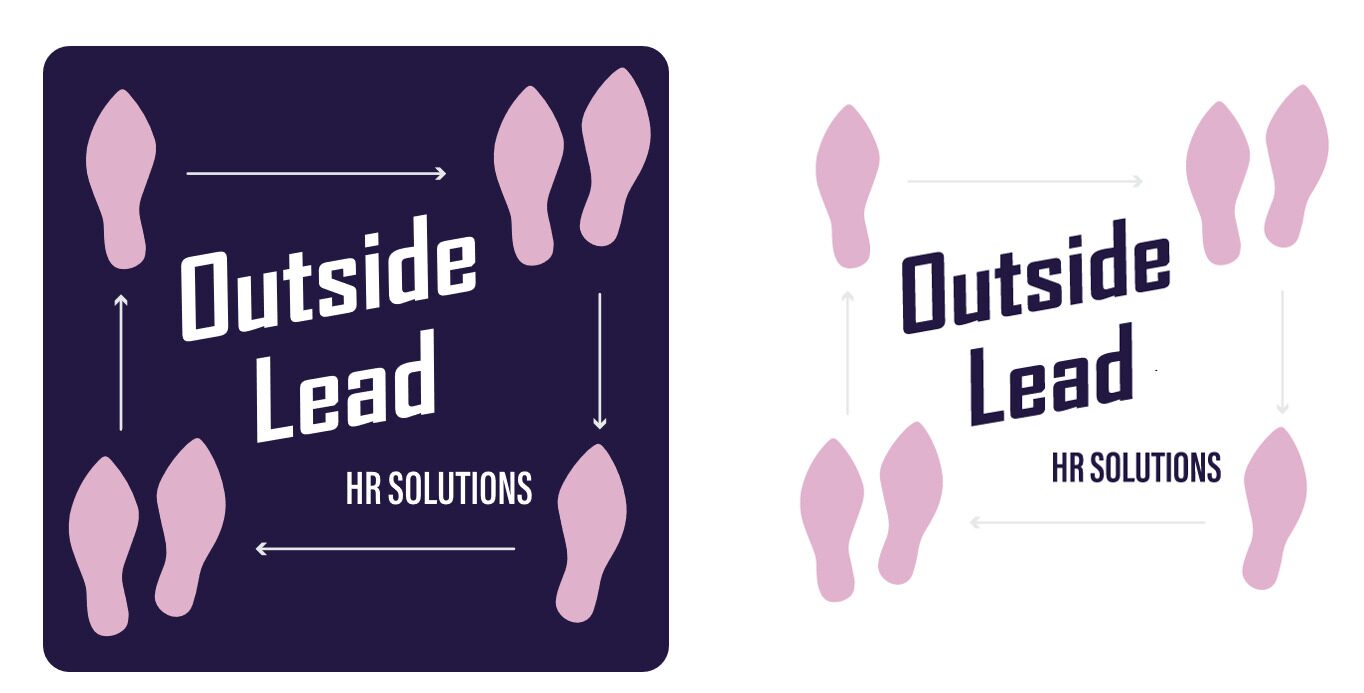
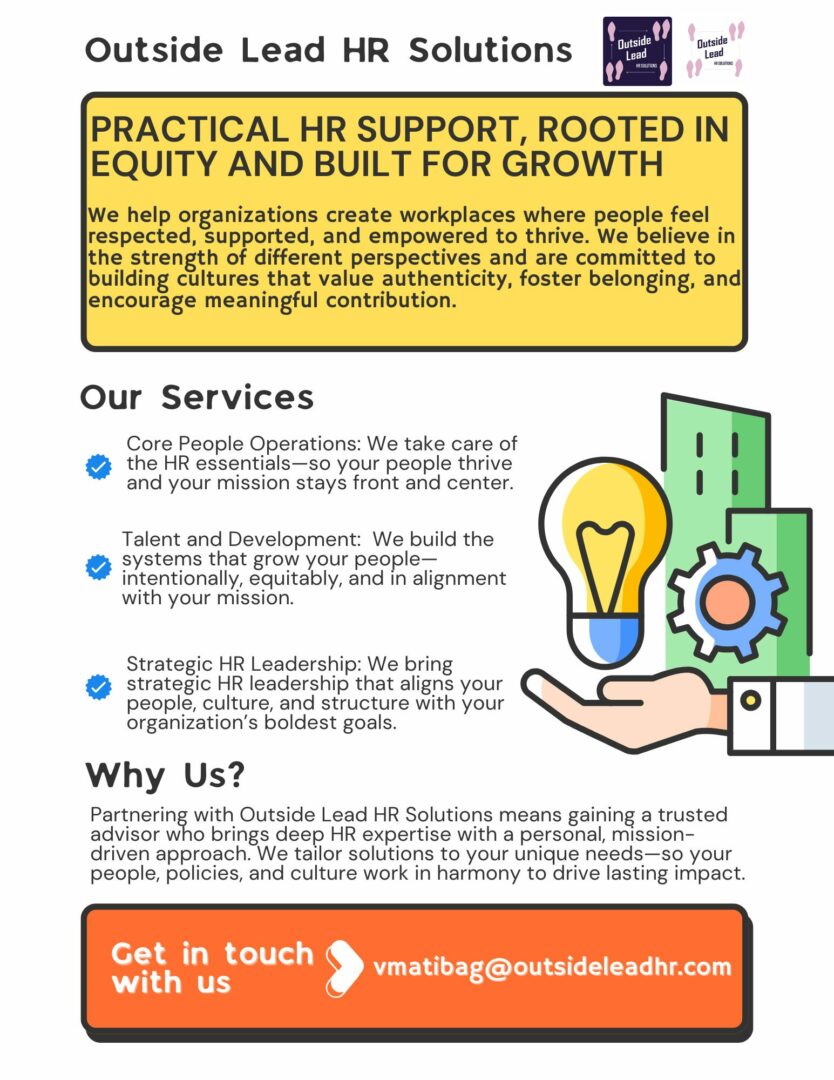
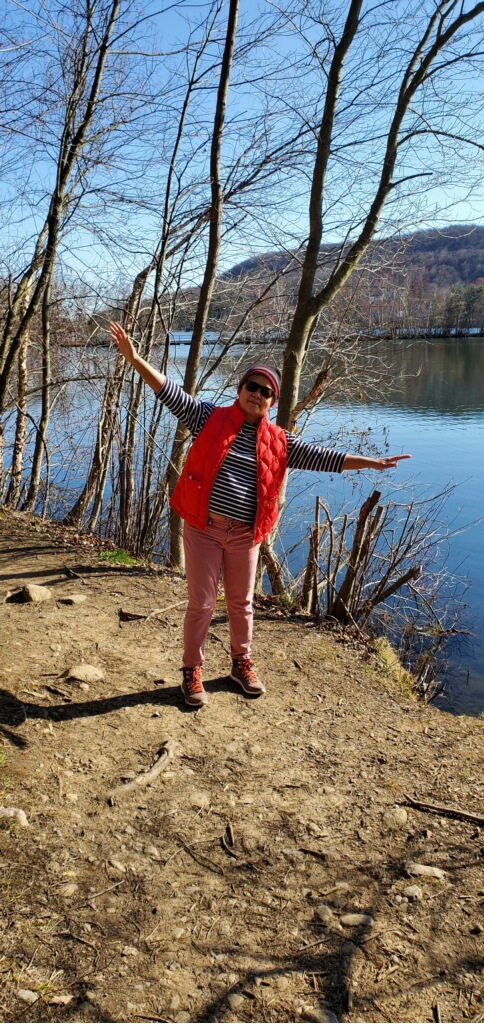
so if you or someone you know deserves recognition please let us know here.

